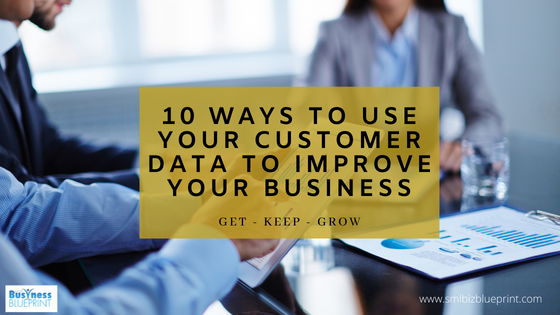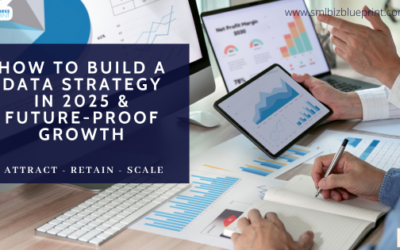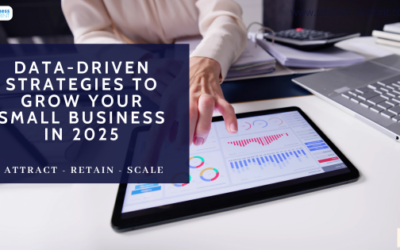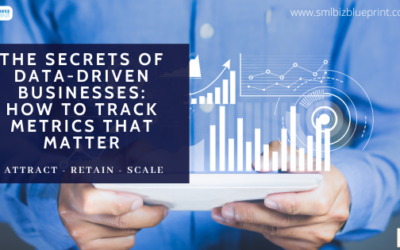It is wonderful how much data a business can collect on their customers today. But collecting something and using something is vastly different. What is the point of collecting all this data if you are not going to use it?
It is a bit like reading a book and not taking action on what you have learnt. Now, who does that?
The data you collect on your customers should be used to improve your business for both yourself and your customers.
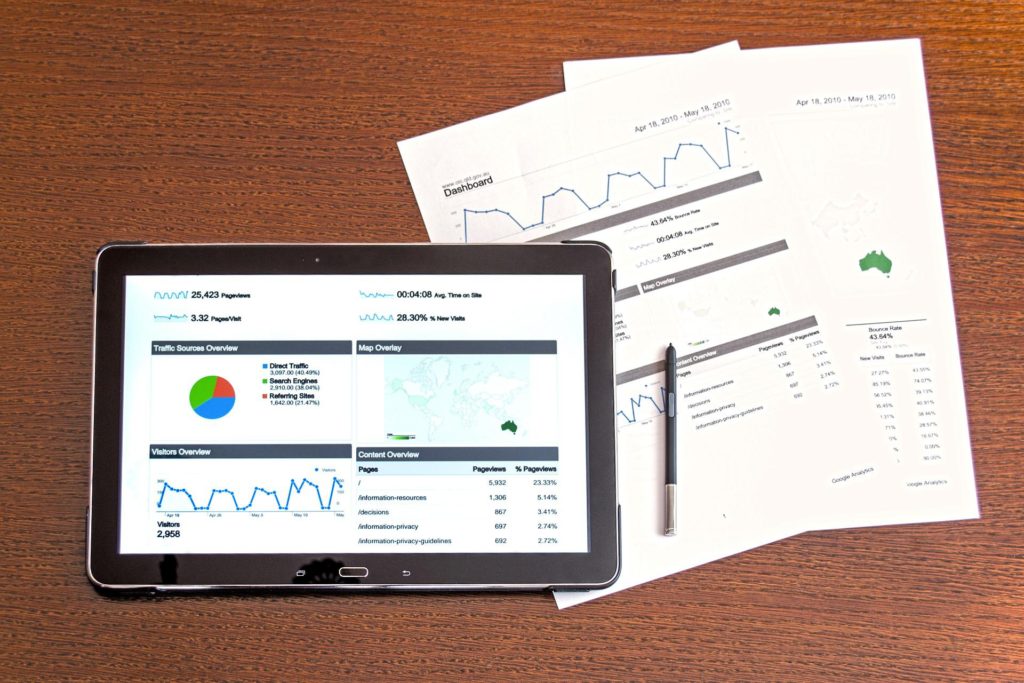
Once an innovative approach to marketing, data-driven marketing has now become an important strategy to consider as part of your campaigns thanks to the advancements in technology and analytics allowing us to slice, dice and interpret customer data.
Not only can it help to improve customer engagement, but 49% of marketers are also using data-driven marketing to maximise the effectiveness and efficiency of marketing and consequently develop their marketing plan
Here are 10 ways to use your data to improve your business.
1. Optimize Your Product For Users
Customer data is the key to building a great customer experience
Businesses can only learn of customer pain points when they analyze the user feedback and data from the customer experience This can help them improve not only their product but also how they approach customers in general.
Irrespective of what product or service you have you should be using your customer data to improve your product.
Asking questions about how easy your product or service is, negative and positive feedback, cancellations etc will all give you valuable insights into how your product is viewed.
To make the most of customer data, businesses need to identify the right sources of customer data, and ways to improve their business processes in order to conform to the conclusions from the data analysis
2. Improve Customer Experience
This applies to both B2B and B2C companies.
Simply asking customers what is something they like about your business/service can give you a list of things to act on.
This information can be gathered from your chat marketing, sales team, and customer service area so you understand more about how customers rate their experience with your business
3. Make Personalized Offers
Having customer data means you can tailor your services based on what your prospect is looking for.
Having a website with an opt-in and short survey on the homepage allows you to get an idea of their preferences.
You can also view what products or services they like to buy and add-ons that may be appropriate for them.

4. Run Personalized Marketing Campaigns
Use customer data to not just make a customized offer but also to run audience-relevant campaigns to make them more successful.
You can collect customer emails through lead magnets on your website. Then use this customer data to run targeted email campaigns to promote relevant products.
Use the customer data to run targeted remarketing campaigns. You could improve your conversions by using a combination of personalized marketing campaigns and remarketing.
The most loyal customers are also the most profitable, and by analyzing and acting effectively, organizations can ensure long-term customer loyalty and significantly enhance their profitability
Real-time analysis of website clicks can show you what promotions are effective as loss leaders right now, what high-margin items they drag along with them, and the differences in purchasing habits and profitability for these items between online and in-store purchases.
Building a range of audiences will help with your future marketing campaigns.
5. Use It To Predict the Future
Use your data for predictive analysis.
Identify patterns in user behaviour and target prospects or customers accordingly.
Gather data on such as who’s using the product, what they’re doing, and how they’re using it. Then improve your product accordingly
By analysing your data over a period of time you should be able to see what promotions work best, and what traffic sources provide the most relevant traffic. This will allow you to forecast the results of future promotions.
Using data for predictive analysis helps the sales team understand the best time and tactic to reach out to and follow up with leads too. This helps not only with marketing but sales.
6. Fine-tune Your Loyalty Program
Use your data to improve or launch a loyalty program.
A loyalty program is a great way to build repeat business for your business.
You should be able to see which products and services are enticing the customers to join the program.
You can combine the results of your loyalty program, with a statistical breakdown of the demographics of our customer base.
This allows us to offer products targeted directly to areas of specific interest to your customers, removing the need for overstock of rarely bought items and ensuring a continuous flow of new and relevant products.

7. Improve Your Content Marketing
Another way to use customer data is by leveraging it to understand your audience’s pain points to create content that’s truly valuable to them.
By getting to know your customers in-depth, you can also understand their language preferences and the way they prefer to consume content (in audio or video format, for example).
This data, in turn, will help you create content that resonates with your audience better.
It can be useful for fine-tuning our marketing efforts and how we communicate with our prospects.”
8. Develop an Understanding of How Your Audience Buys From You
Study your data to understand what motivates your target buyers to move them through your sales funnel.
Determining important segments for specific products or business challenges is a great way to structure your thinking around how customers interact with various parts of your product line.”Related: 9 Customer Segmentation Tips to Personalize Ecommerce Marketing and Drive More Sales
By looking at the overall patterns across the entire customer population — not just those who purchase a product — you can derive deeper insight into their behaviour and find ways to make your whole business more efficient
Use customer data to fine-tune your marketing campaigns and loyalty programs, determine areas of expansion or new features to create, and get a better grip on who your audience is and their pain points.
But, remember: don’t rely on one source for gathering all customer data. Instead, diversity your sources so you can get a better picture of exactly what the data is saying.
9. Understand Your Product Funnel
Understand the customer journey by monitoring your funnel metrics, specifically acquisition (e.g., new signups week over week), engagement rates (e.g., video watchers week over week), and monetization (e.g., new subscription week over week).
You can now focus on the weakest part of the funnel, whether it’s acquisition, engagement, or monetization.
Analyze your various traffic sources to determine which ones bring you the most responsive customers. or opportunities.
10. Use Customer Data to Improve the Customer Journey
Looking at the data that is produced by your marketing efforts, you can then see where customers are engaging and use this as an indicator to improve your marketing funnel.
“Engagements are meaningful sets of data points
Customer data-driven marketing lets you identify customer success, learn from it and apply it to subsequent customer acquisition and conversion.
This direct insight into customers’ behaviour is particularly helpful for the 66% of marketers who are using data marketing to create custom messages and personalised customer experiences.
Use a data-driven marketing strategy to develop smarter campaigns and build stronger customer relationships.

